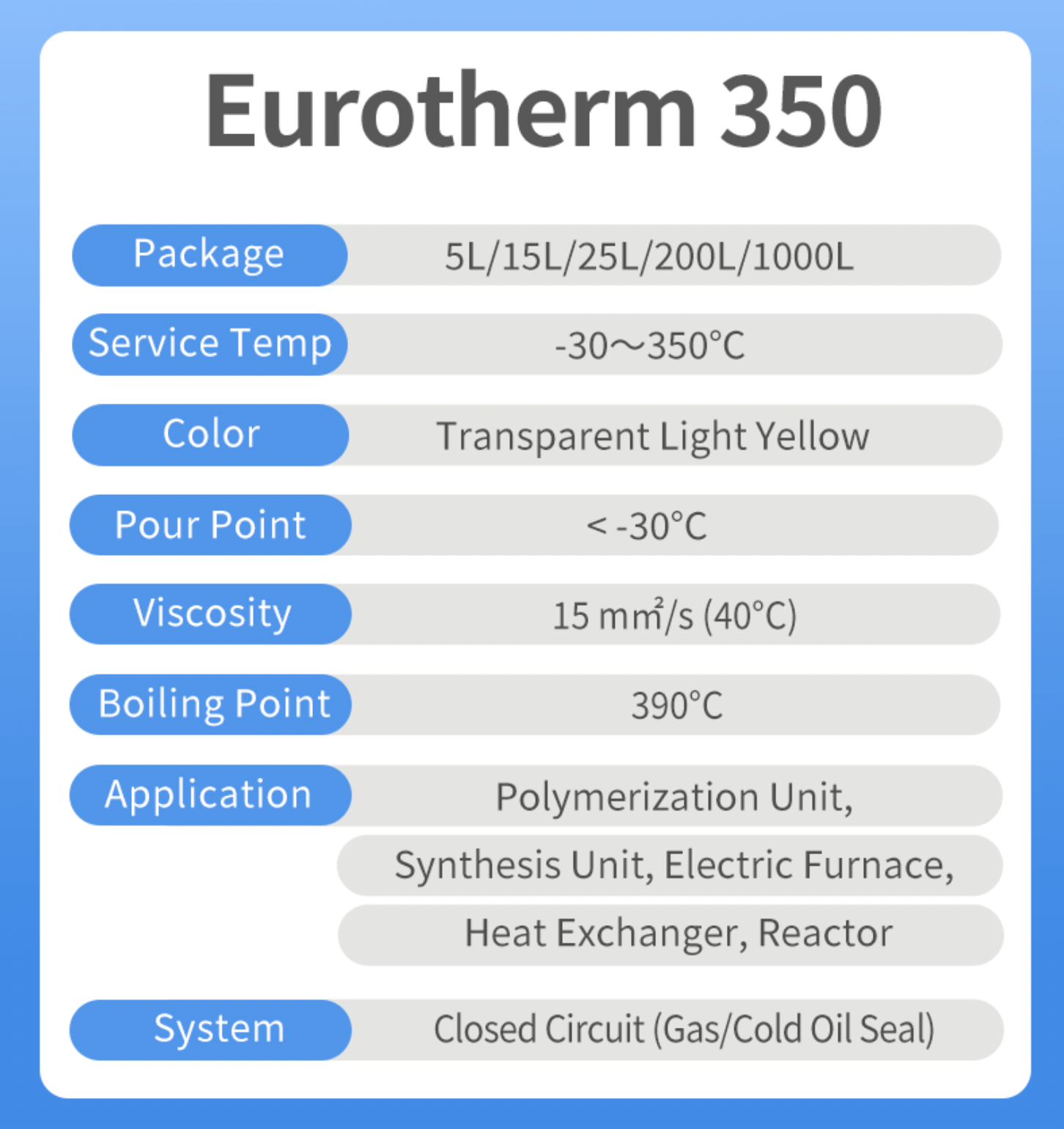The Basic Principles Of Chemie
Wiki Article
Chemie for Beginners
Table of ContentsLittle Known Facts About Chemie.Rumored Buzz on ChemieUnknown Facts About ChemieChemie Can Be Fun For AnyoneGetting My Chemie To WorkChemie Fundamentals Explained
By Bojanna Shantheyanda, Sreya Dutta, Kevin Coscia and David SchiemerDynalene, Inc. Liquid cooling, which can be achieved utilizing indirect or straight ways, is used in electronic devices applications having thermal power thickness that may go beyond risk-free dissipation via air cooling. Indirect liquid cooling is where warmth dissipating digital parts are literally divided from the liquid coolant, whereas in instance of straight air conditioning, the parts remain in direct contact with the coolant.However, in indirect cooling applications the electric conductivity can be crucial if there are leakages and/or spillage of the fluids onto the electronic devices. In the indirect air conditioning applications where water based fluids with corrosion preventions are generally made use of, the electric conductivity of the liquid coolant primarily depends upon the ion focus in the fluid stream.
The rise in the ion concentration in a closed loop fluid stream might take place due to ion seeping from metals and nonmetal elements that the coolant liquid is in contact with. During procedure, the electric conductivity of the fluid may raise to a level which might be dangerous for the cooling system.
The Basic Principles Of Chemie
(https://allmyfaves.com/chemie999?tab=chemie999)They are bead like polymers that can exchanging ions with ions in an option that it touches with. In today job, ion leaching tests were executed with numerous metals and polymers in both ultrapure deionized (DI) water, i.e. water which is dealt with to the highest degree of purity, and reduced electric conductive ethylene glycol/water combination, with the determined modification in conductivity reported gradually.
The examples were permitted to equilibrate at room temperature for 2 days prior to taping the first electrical conductivity. In all examinations reported in this research study fluid electrical conductivity was gauged to a precision of 1% making use of an Oakton disadvantage 510/CON 6 series meter which was calibrated prior to each dimension.
The Ultimate Guide To Chemie
from the wall surface home heating coils to the facility of the heater. The PTFE sample containers were positioned in the heater when stable state temperature levels were gotten to. The test configuration was gotten rid of from the heating system every 168 hours (seven days), cooled down to space temperature level with the electrical conductivity of the fluid determined.The electric conductivity of the liquid example was kept track of for a total of 5000 hours (208 days). Schematic of the indirect shut loop cooling experiment set-up. Elements made use of in the indirect closed loop cooling experiment that are in call with the fluid coolant.

An Unbiased View of Chemie
During operation the fluid tank temperature was preserved at 34C. The modification in fluid electric conductivity was checked for 136 hours. view The liquid from the system was gathered and kept. Likewise, closed loophole examination with ion exchange material was executed with the same cleansing procedures utilized. The first electrical conductivity of the 230ml UP-H2O in the system determined 1.84 S/cm.
0.1 g of Dowex material was included to 100g of fluid samples that was taken in a different container. The blend was mixed and transform in the electric conductivity at room temperature level was determined every hour. The measured change in the electric conductivity of the UP-H2O and EG-LC test liquids consisting of polymer or steel when involved for 5,000 hours at 80C is revealed Figure 3.
Chemie Fundamentals Explained
Ion seeping experiment: Calculated change in electric conductivity of water and EG-LC coolants having either polymer or steel examples when immersed for 5,000 hours at 80C. The outcomes show that metals added less ions right into the fluids than plastics in both UP-H2O and EG-LC based coolants.Fluids containing polypropylene and HDPE showed the lowest electrical conductivity adjustments. This can be as a result of the short, stiff, linear chains which are much less likely to contribute ions than longer branched chains with weak intermolecular forces. Silicone also performed well in both test liquids, as polysiloxanes are normally chemically inert because of the high bond energy of the silicon-oxygen bond which would avoid destruction of the product right into the liquid.
The Chemie Ideas
It would be expected that PVC would create similar outcomes to those of PTFE and HDPE based upon the comparable chemical structures of the materials, however there may be other contaminations existing in the PVC, such as plasticizers, that may affect the electric conductivity of the liquid - therminol & dowtherm alternative. Additionally, chloride groups in PVC can likewise leach into the examination liquid and can trigger an increase in electric conductivityPolyurethane completely degenerated right into the examination fluid by the end of 5000 hour test. Before and after photos of metal and polymer examples submersed for 5,000 hours at 80C in the ion leaching experiment.
Measured change in the electric conductivity of UP-H2O coolant as a function of time with and without material cartridge in the shut indirect cooling loophole experiment. The gauged modification in electrical conductivity of the UP-H2O for 136 hours with and without ion exchange resin in the loophole is received Figure 5.
Report this wiki page